As climate change intensifies and heatwaves become more common across the globe, our feathered friends face significant challenges that can threaten their survival. Birds are particularly vulnerable to extreme heat due to their high metabolic rates and limited cooling mechanisms. While many bird enthusiasts and animal lovers naturally want to help during these challenging times, well-intentioned actions can sometimes cause more harm than good. Understanding the right approach to assisting birds during heatwaves is crucial for their wellbeing and survival. This article outlines common mistakes to avoid when attempting to help birds cope with extreme heat, offering science-backed alternatives that truly benefit our avian neighbors.
Providing Cold Water or Ice
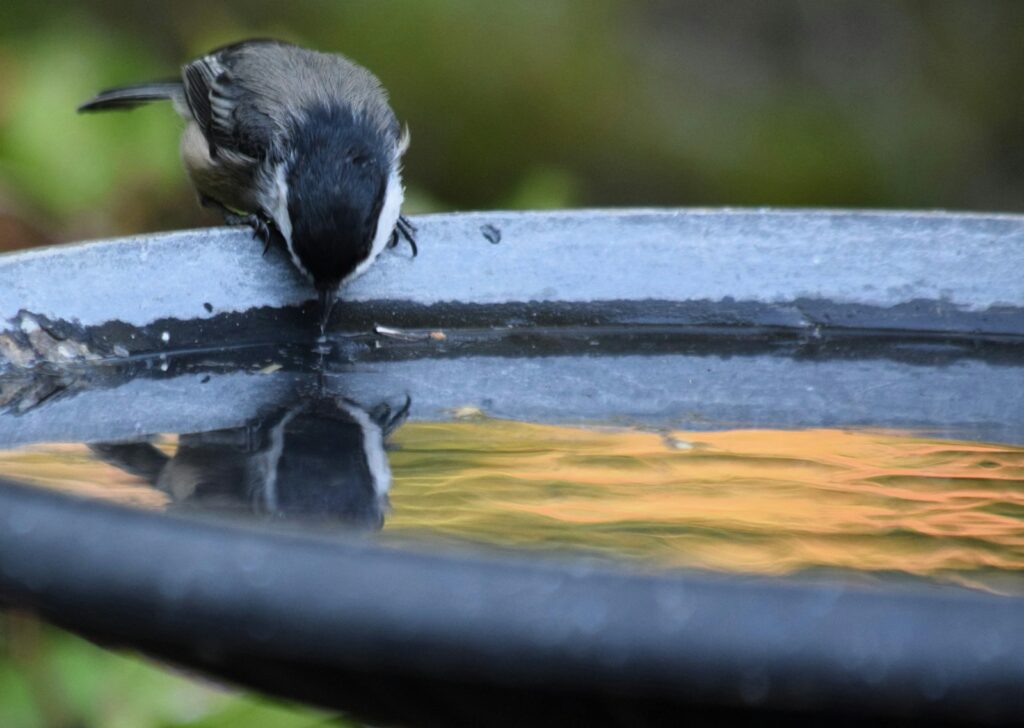
One of the most common mistakes people make when trying to help birds during a heatwave is placing extremely cold water or ice in birdbaths. While your intention might be to provide cooling relief, introducing water that’s too cold can actually shock a bird’s system, potentially causing health problems or distress. Birds aren’t adapted to sudden temperature extremes, and their bodies respond negatively to dramatic shifts. Instead, offer lukewarm or room temperature water that will feel refreshing without causing thermal shock. Remember to change the water frequently to keep it clean and prevent bacterial growth, which thrives in warm conditions.
Overfilling Bird Baths
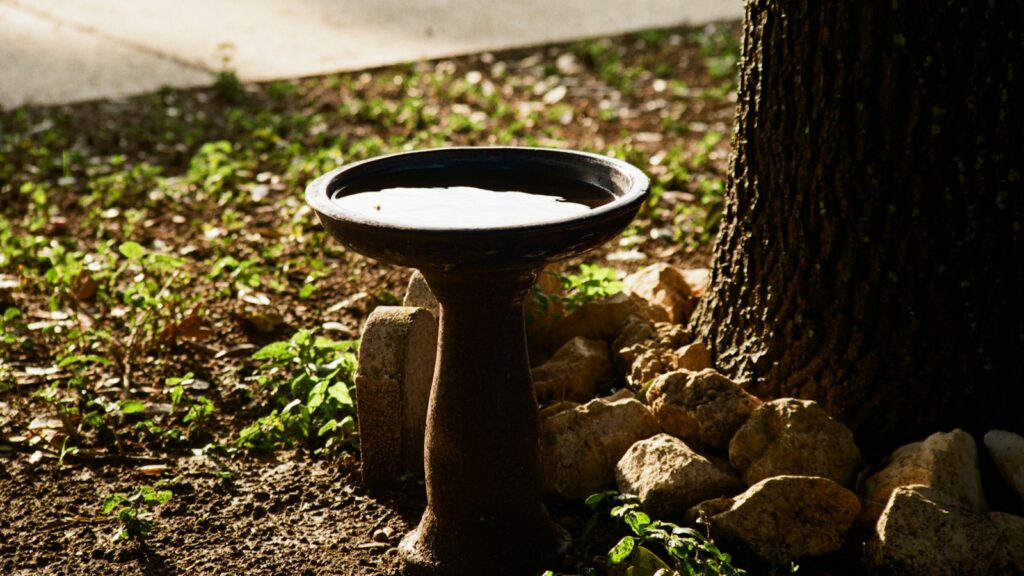
During heatwaves, many well-meaning people fill birdbaths to the brim, assuming more water is better. However, this approach can be dangerous, especially for smaller bird species that require shallow water to bathe and drink safely. Most birds prefer water depths of only 1-2 inches, as deeper water presents a drowning risk, particularly for fledglings and smaller species. When filling birdbaths during hot weather, ensure the depth is appropriate by including sloped sides or placing stones in deeper baths to create shallow areas. This simple adjustment allows birds of all sizes to access water without risk while still providing enough water to last through hot days.
Placing Water Sources in Direct Sunlight
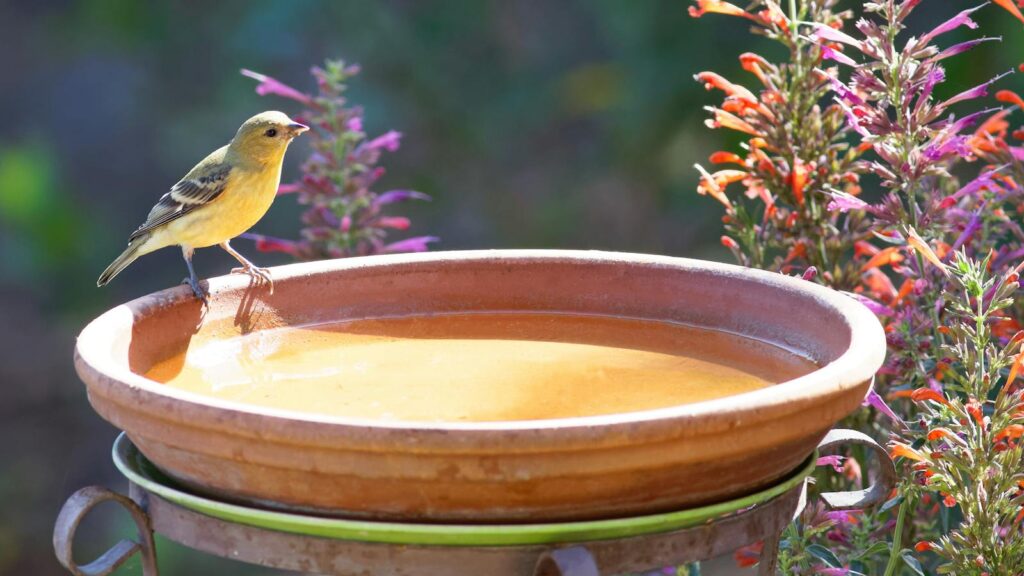
Positioning bird baths or water sources in direct sunlight seems logical when trying to make them visible to birds, but this location actually creates several problems during heatwaves. Water in direct sunlight quickly becomes uncomfortably hot, evaporates rapidly, and can foster algae and bacteria growth that may harm birds. Additionally, birds seeking relief from heat are unlikely to spend time exposed in sunny areas when temperatures soar. Instead, place water sources in partially shaded locations where the water stays cooler longer and birds can approach without exposing themselves to additional heat stress. Consider locations under trees or near shrubs that provide not only shade but also quick escape routes from predators.
Forgetting to Clean Water Sources
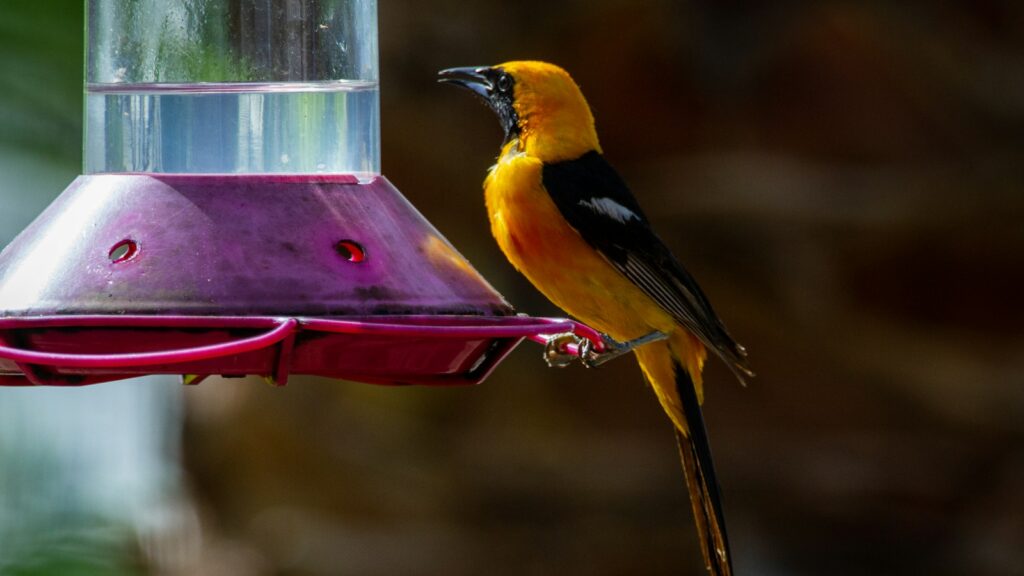
During heatwaves, neglecting to clean birdbaths and water sources regularly becomes an especially dangerous oversight. Hot temperatures accelerate bacteria and algae growth, potentially turning your helpful water source into a health hazard for the birds you’re trying to protect. Stagnant water can also become a breeding ground for mosquitoes, which can transmit avian diseases. Establish a daily routine for cleaning birdbaths during extreme heat events, using a stiff brush to remove any algae buildup and thoroughly rinsing before refilling with fresh water. Avoid using chemical cleaners or soaps that might leave harmful residues; a solution of one part vinegar to nine parts water works effectively for cleaning without introducing toxins.
Offering Food That Spoils Quickly
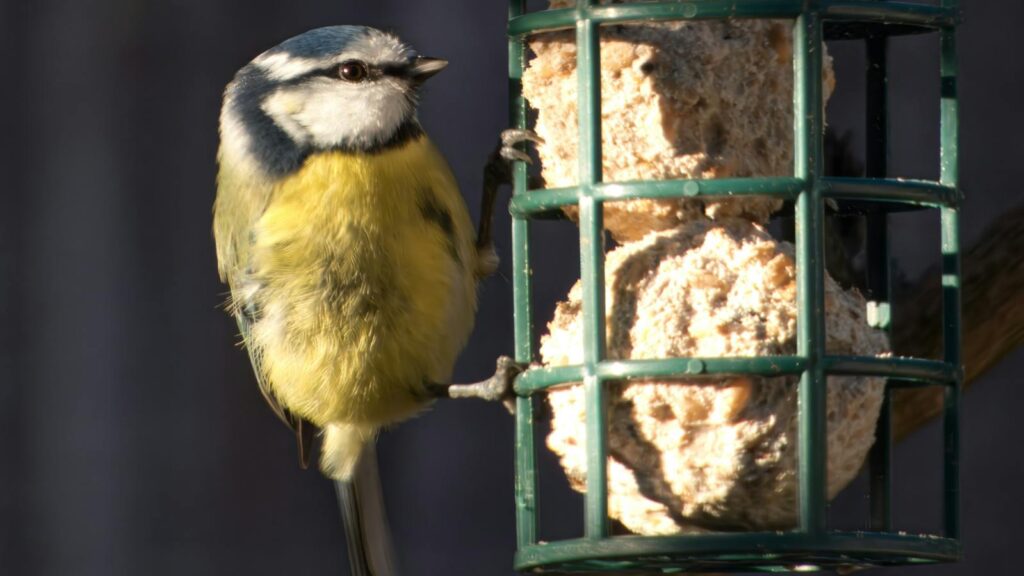
Providing certain types of bird food during heatwaves can create unintended health risks for birds. Suet, for example, melts rapidly in high temperatures and can soil birds’ feathers, impairing their ability to fly and insulate properly. Similarly, nectar solutions for hummingbirds ferment quickly in heat, potentially causing fatal fungal infections. Moist foods like fruit can also spoil rapidly, harboring harmful bacteria. During extreme heat, consider reducing or modifying your feeding routine. If you continue feeding, offer only small amounts of heat-stable seeds like sunflower or safflower, and place feeders in shaded locations. For hummingbirds, change nectar solutions at least once daily during heatwaves, and clean feeders thoroughly with each refill.
Disturbing Nesting Areas
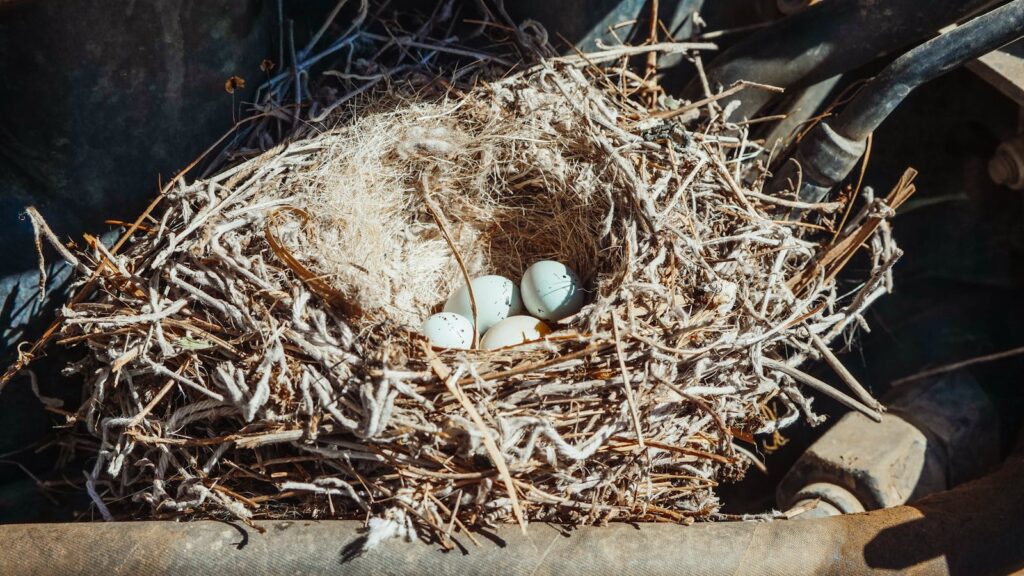
The instinct to check on nesting birds during extreme heat is understandable but can lead to unintended consequences. Approaching or disturbing nests during a heatwave can cause parent birds to temporarily abandon their young, leaving vulnerable chicks exposed to deadly heat without protection. Even well-intentioned monitoring can stress adult birds already struggling with heat regulation. Maintain a respectful distance from all nest sites during heatwaves, using binoculars if you wish to observe from afar. Remember that most bird species have evolved strategies to cope with heat while nesting, such as positioning nests to catch breezes or providing shade for chicks, and your interference may disrupt these natural protective measures.
Spraying Birds Directly with Water
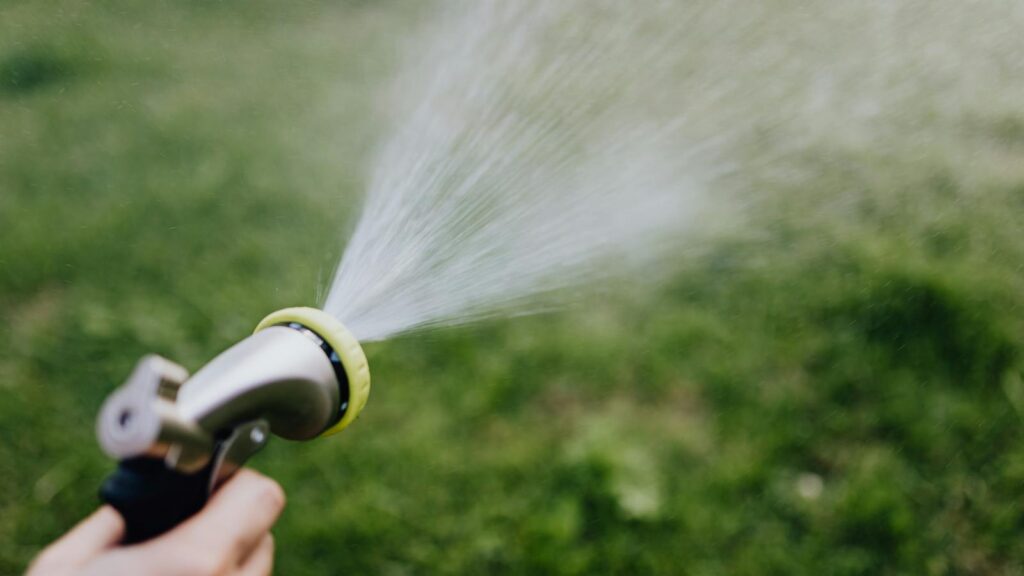
When witnessing birds panting or displaying signs of heat stress, some people instinctively want to spray them directly with water to cool them down. However, this approach can cause significant stress and potentially lead to shock, especially if the water is cold or the pressure is high. Direct spraying may also damage feathers, reducing their insulating properties and waterproofing, which birds rely on for temperature regulation. Instead of direct spraying, set up gentle misters or sprinklers in your garden that birds can approach voluntarily. Many species will appreciate the opportunity to fly through a light mist or bathe in water droplets collecting on leaves, accessing cooling relief on their own terms without the stress of human intervention.
Removing Sources of Natural Shade
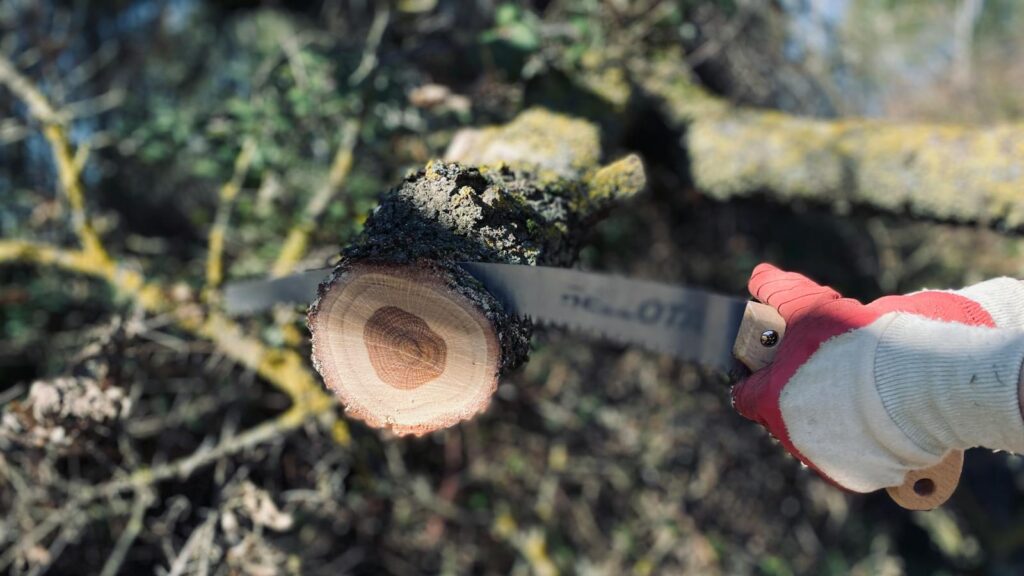
A critical mistake some make before or during heatwaves is pruning trees and shrubs, inadvertently eliminating vital shade that birds depend on for cooling. Dense foliage provides natural air conditioning for birds, creating microenvironments that can be significantly cooler than surrounding areas. These shaded spaces allow birds to regulate their body temperature without expending precious energy. Delay any non-essential pruning or landscaping until after heatwaves have passed. If you must maintain your garden, preserve shaded areas by working gradually and maintaining a variety of vegetation heights and densities. Consider that different bird species utilize different vertical levels of vegetation, from ground cover to canopy, so preserving diversity in your landscape helps the widest range of birds.
Attempting to Rescue Heat-Stressed Birds Unnecessarily

When people observe birds with their beaks open, wings spread, or appearing lethargic during hot weather, they often misinterpret these normal heat-coping behaviors as distress requiring human intervention. Attempting to capture or “rescue” a bird that is simply thermoregulating naturally causes extreme stress that can worsen their condition or even prove fatal. Birds panting with open beaks are actually engaging in a cooling behavior similar to a dog panting, while wing-spreading allows heat to dissipate from their bodies. Before attempting any rescue, observe from a distance for at least 20-30 minutes to determine if the bird is truly in distress versus exhibiting normal coping behaviors. If you suspect a bird genuinely needs help, contact a licensed wildlife rehabilitator for guidance rather than attempting capture yourself.
Using Inappropriate Containers for Water
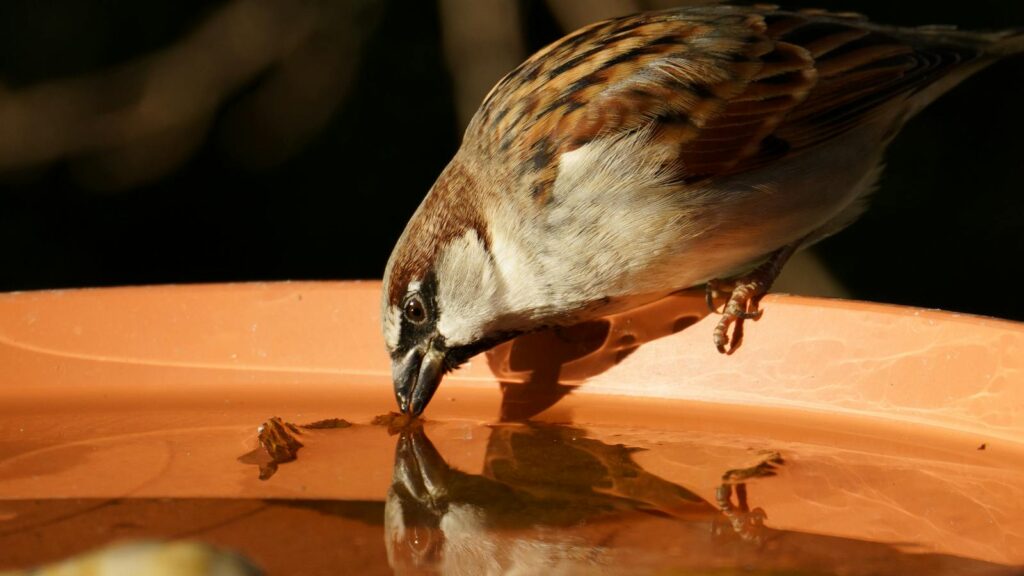
The choice of container for providing water can significantly impact birds’ safety during heatwaves. Metal birdbaths or containers can become dangerously hot in direct sunlight, potentially burning birds’ feet or heating the water to uncomfortable temperatures. Similarly, very deep or steep-sided containers prevent safe access and increase drowning risks. Dark-colored containers absorb more heat than lighter colors, exacerbating temperature issues. Select ceramic, concrete, or light-colored plastic birdbaths with textured, gently sloping sides that provide secure footing. Consider installing multiple water sources of different depths and styles throughout your yard to accommodate different species’ preferences and needs. For smaller birds, even shallow plant saucers placed in shaded locations can provide accessible water sources during extreme heat.
Forgetting That Birds Need Water Beyond Drinking
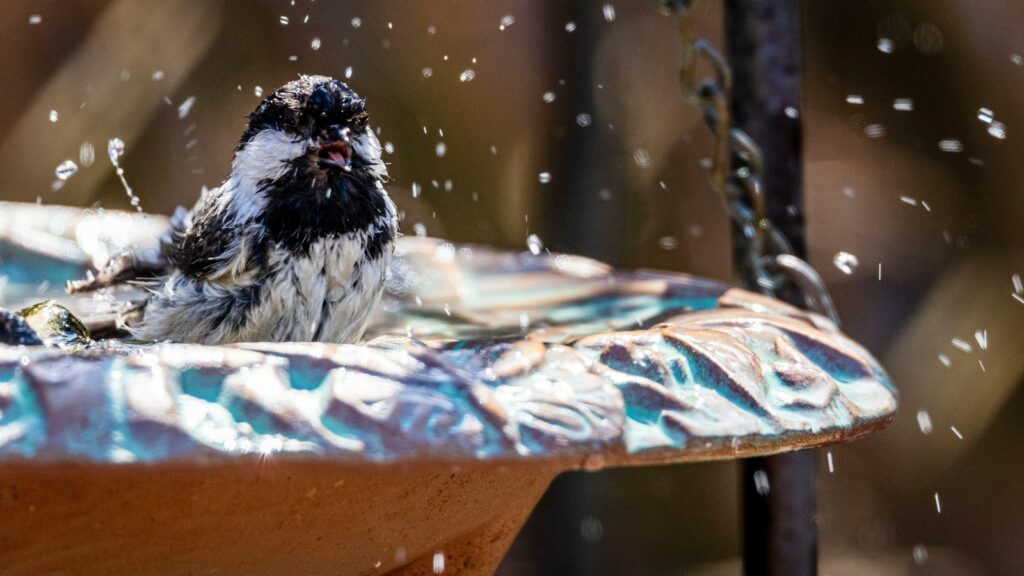
Many people provide drinking water during heatwaves but overlook birds’ critical need for bathing opportunities, which are essential for thermoregulation. When birds bathe, water penetrates their feathers to their skin, providing cooling as it evaporates – similar to how human sweating works. Without bathing access, birds struggle to regulate their body temperature effectively during extreme heat. Ensure your water offerings include both drinking and bathing options by providing containers with different depths. Consider creating a bird-friendly “cooling station” by placing a shallow pan with pebbles or small stones that rise above the water level, allowing birds to stand while splashing water over themselves. This design helps birds of various sizes safely access water for both drinking and bathing without risk of drowning.
Introducing Water Features That Attract Predators
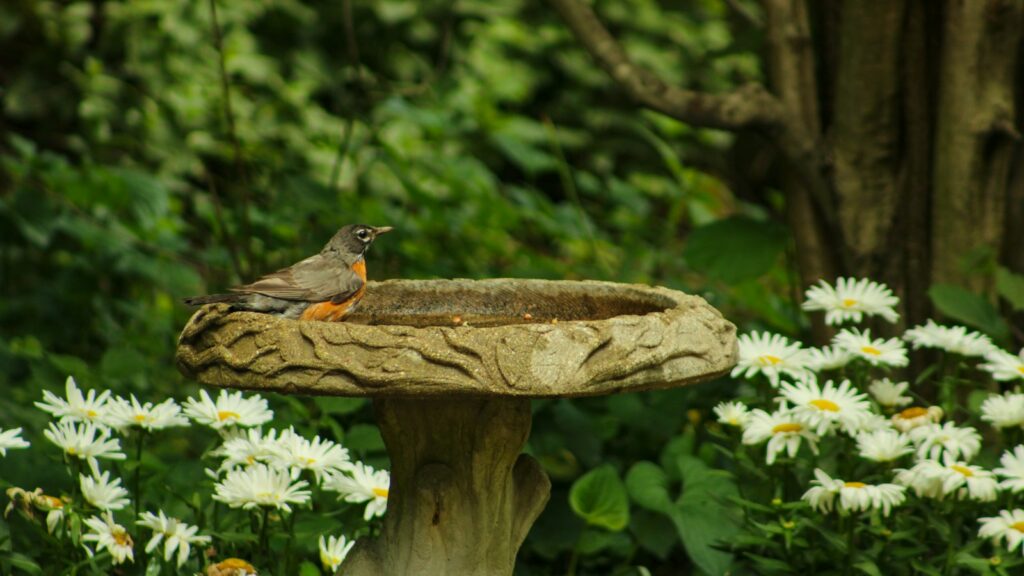
In the rush to help birds during heatwaves, people sometimes create water features that inadvertently increase predation risks. Large, open water sources without nearby protective cover can turn into hunting grounds for neighborhood cats, hawks, or other predators targeting vulnerable bathing birds. Birds are particularly susceptible during bathing because wet feathers impair flight performance, making quick escape more difficult. When positioning water sources, always place them near protective cover like shrubs or brush piles that offer birds quick escape routes and hiding places. Avoid placing birdbaths in wide-open areas away from vegetation where bathing birds become easy targets. Consider installing multiple smaller water sources rather than one large central bath, which reduces competition and creates fewer concentrated target areas for predators.
Failing to Recognize the Signs of Genuine Distress
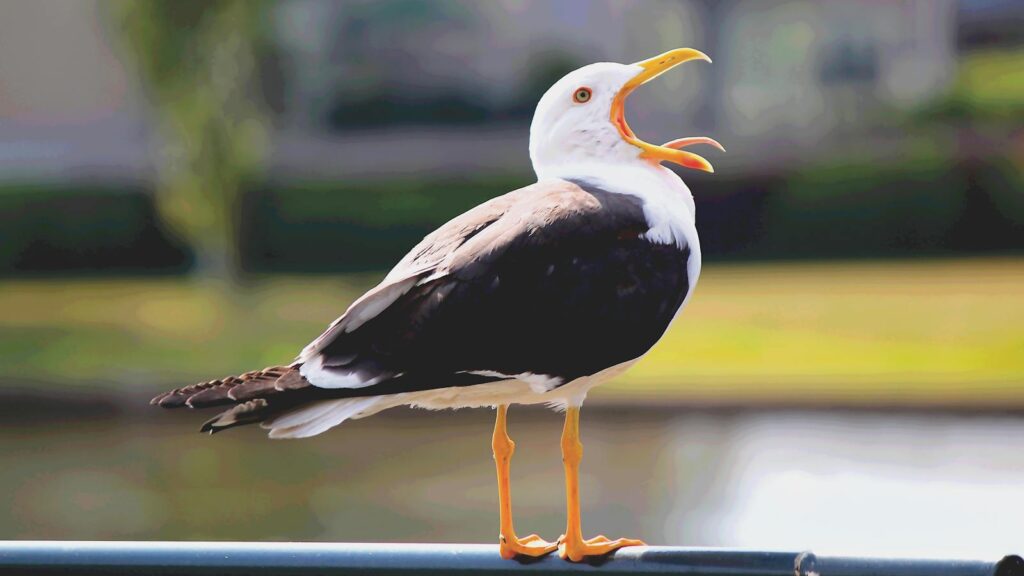
While it’s important not to intervene unnecessarily, failing to recognize genuine heat distress can be equally problematic. Birds suffering from severe heat stress may exhibit symptoms beyond normal panting and wing-spreading, including complete immobility, falling from perches, seizures, or eyes closed while on the ground. These signs indicate a life-threatening emergency requiring immediate expert intervention. If you encounter a bird showing these severe symptoms, gently place it in a ventilated cardboard box without offering food or water, keep it in a quiet, cool location, and contact your nearest wildlife rehabilitation center immediately. Remember that handling wildlife causes significant stress, so this should only be done in genuine emergencies when the bird is clearly incapacitated and unable to escape predators.
Conclusion
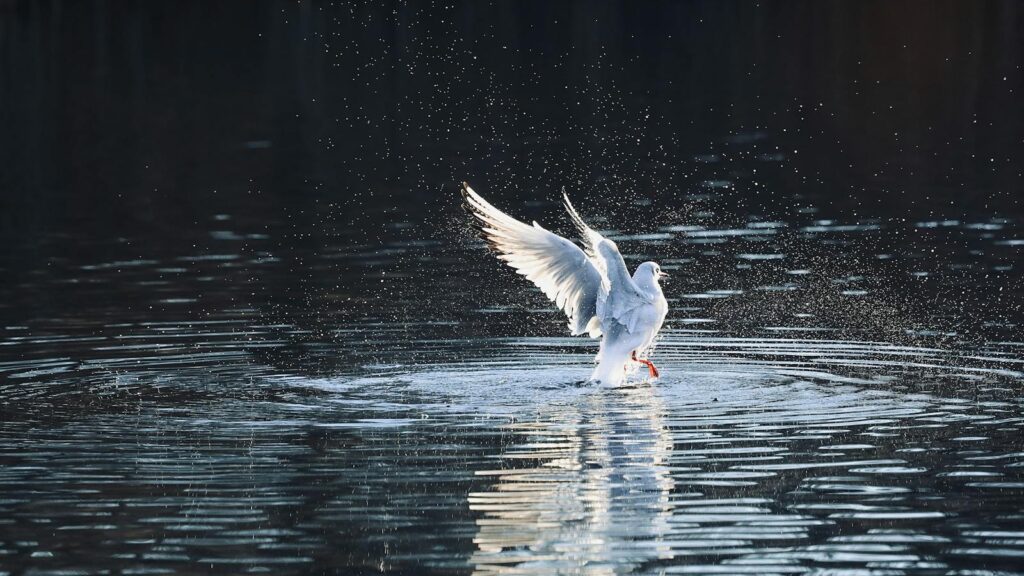
While heatwaves present serious challenges for bird populations, informed human assistance can make a meaningful difference in helping our feathered neighbors survive extreme weather events. By avoiding these common mistakes and implementing bird-friendly alternatives, we can create microenvironments that provide relief without causing additional stress or harm. As climate change intensifies, understanding how to properly support wild birds during extreme weather becomes increasingly important for conservation efforts. Remember that sometimes the best help we can offer is thoughtfully designed support that respects birds’ natural behaviors and needs, allowing them to access resources while maintaining their independence and dignity as wild creatures.
